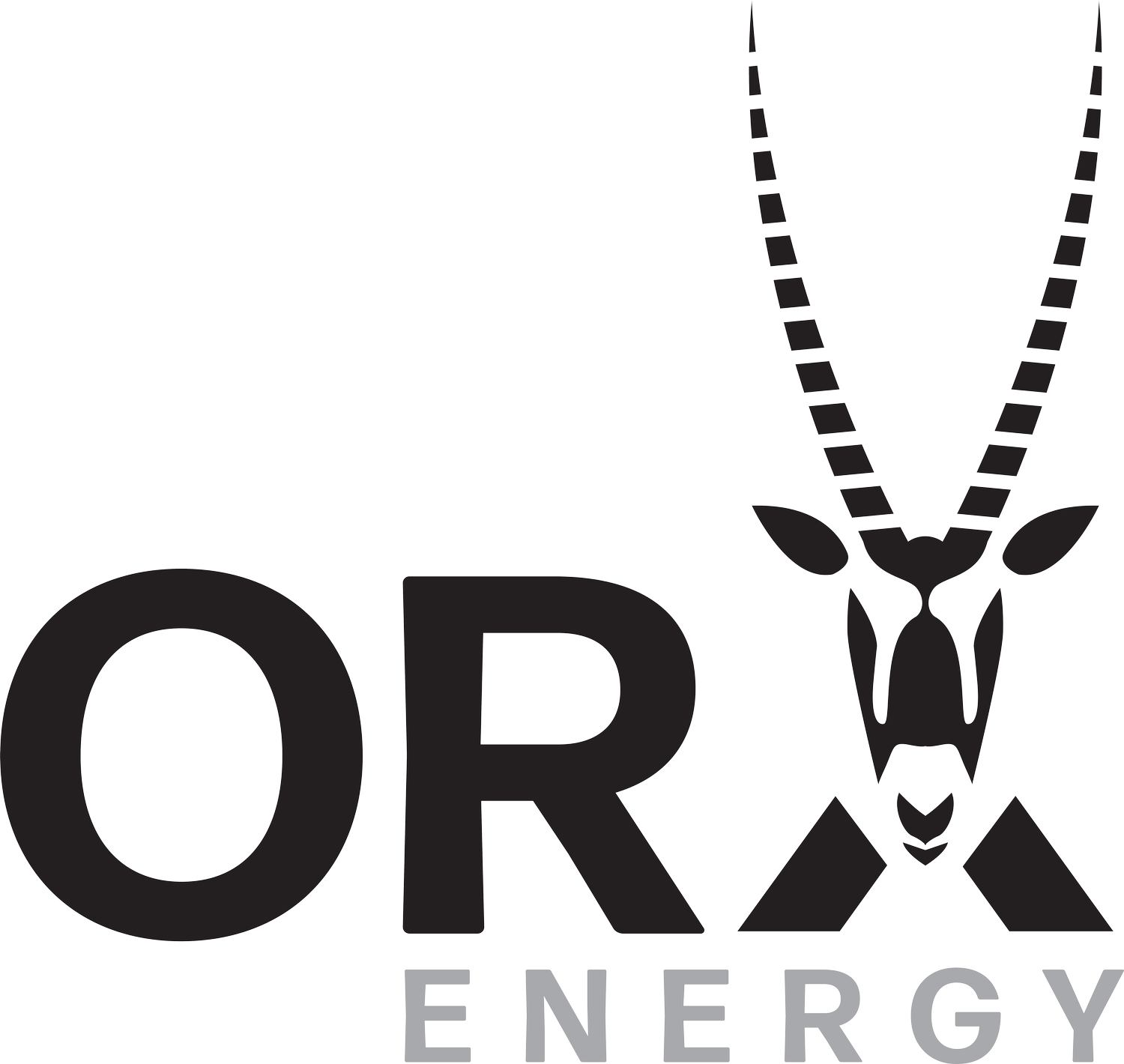
Why DC Architectures Make Sense for the Next Generation of Data Centers
Modern data center infrastructure is inherently DC-oriented: GPUs, battery storage systems, and several energy sources all operate natively in DC. Despite this, prevailing architectures continue to enforce redundant AC-DC-AC conversion chains—stepping down voltage, rectifying to DC, inverting to AC for distribution, and rectifying once more at the rack. This sequence introduces avoidable thermal losses, operational inefficiencies, and increased failure risk.
By adopting a DC-centric distribution model, power can be rectified once at the facility boundary and delivered at 800V DC across the internal distribution network. Step-down conversion to 48V DC occurs only at the point of use. This topology streamlines the electrical pathway, reduces the building’s thermal load, and improves the energy performance ratio (EPR) by reducing both electrical and cooling losses.
Moreover, such architectures align naturally with distributed renewable energy systems. PV arrays and battery storage integrate seamlessly into DC buses, avoiding the complexity and inefficiency of interleaved AC interfaces. This design coherence not only simplifies integration but also accelerates deployment—enabling facilities to go operational before grid interconnection, and transitioning later to a hybrid or grid-supplemented model as infrastructure becomes available.
Act now to stay ahead of the curve—contact us today to explore how adopting DC architectures can revolutionize your AI data center infrastructure.
